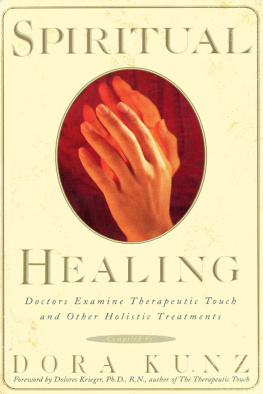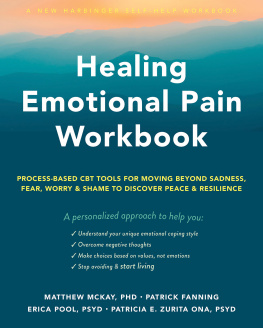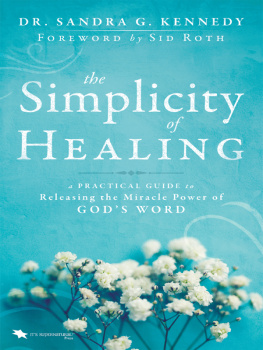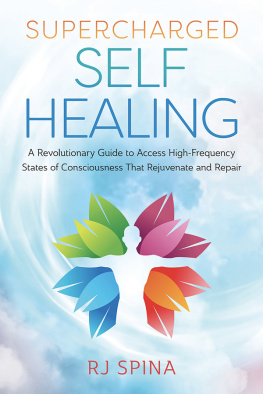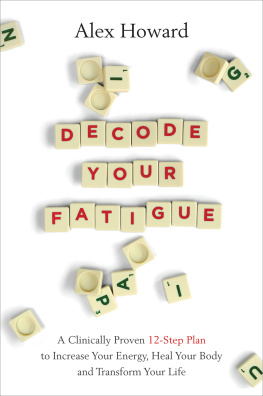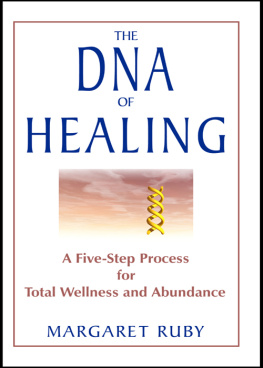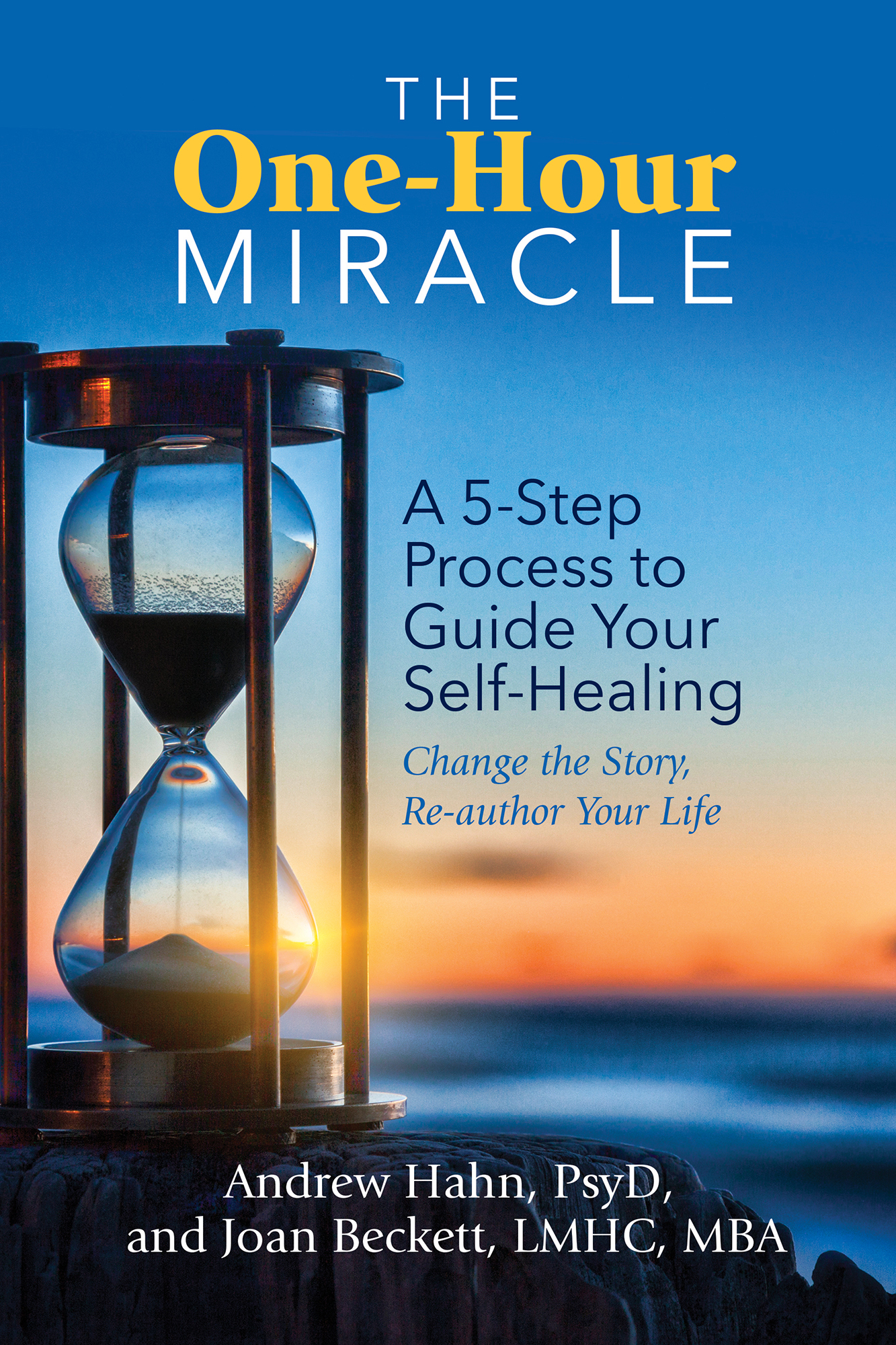Contents
Guide
The One-Hour Miracle
A 5-Step Process to Guide Your Self-Healing: Change the Story, Re-author Your Life
Change the Story, Re-author Your Life
Andrew Hahn, PsyD, and Joan Beckett, LMHC, MBA
Praise for The One-Hour Miracle
The One-Hour Miracle was twenty-eight years in the makingthe net result of which is a deeply humane, tenderly nuanced, sensitively drawn, and brilliantly inspired work of art. This unpretentious and understated gem of a book by Hahn and Beckett offers finely honed pearls of wisdom that are at once simple but profound, humble but sophisticated, unassuming but quietly compelling, and subtle but absolutely riveting.
Seamlessly interlacing theory and practice, the richly textured tapestry that Hahn and Beckett lovingly weave for the reader has, as its centerpiece, the wisdom of the body and the bodys intrinsic capacity to heal itselfhealing that takes place from the inside out and from the bottom up. But the warp and woof of their broad-ranging, holistic Life Centered approach to easing suffering and transforming darkness into light also incorporates elements of choice, freedom, existentialism, accountability, possibilities, embodiment, acceptance, mindfulness, consciousness, awareness, witnessing, patterns, attunement, intuition, imagination, spirituality, vision, intention, the quantum realm, muscle testing, and energy psychology.
Now that I have finished reading this generously accessible, refreshingly streamlined, and beautifully crafted pice de rsistance, I realize that I will need to re-evaluate my own therapeutic approach! A dyed-in-the-wool psychoanalyst by training with decades of clinical experience under my belt, I had always been convinced that transformation and growth required years and yearsand not just several hours. But now I find myself thinking that perhaps I have been wrong! Quite possibly by the time you yourself have finished reading this uplifting, inspiring, and hope-infused chronicling of embodied healing journeys, perhaps you, too, will find yourself believing in miracles!
Martha Stark, MD, faculty, Harvard Medical School; co-founder/co-director/faculty, Center for Psychoanalytic Studies, William James College; author of nine books, including Relentless Hope: The Refusal to Grieve
With the same unflinching courage with which Freud excavated the unconscious and changed the way we understand mental phenomena, The One-Hour Miracle sets itself to expand the frontiers of psychology. It advocates for a paradigm shift in the field, for it invites us to think of our suffering not in terms of drives, childhood experiences, or interpersonal relations, but in a much larger metaphysical framework where the totality of Life (understood as an energetic whole) precedes dismemberment and separation. This shift of perspective opens a path to healing that defies Western rationality, for it sees the origin of trauma through a temporal lens that refuses to admit a neat distinction between our past, present, and future. Such a radical approach calls for the syncretic integration of healing techniques, from muscle testing to Enneagram to more traditional psychotherapeutic tools. More importantly, it bespeaks an attitude of mind in which narratives are not measured by their literal truth but their pragmatic efficacy. The results border on the miraculous, but the search always starts with the most immediate and profound: asking the body to share its wisdom and accepting wherever it might take us.
Pablo Muchnik, associate professor of philosophy, Marlboro Institute for the Liberal Arts, Emerson College
As yoga teachers, we often find students run into limitations, particularly when doing asanas/poses. Typically, students breathe into them to let them go. While non-attachment is profoundly helpful and in alignment with a message of their book, Hahn and Beckett suggest that the limitation isnt the problem, its the point. By bringing all our awareness to the discomfort associated with the limitation and asking it what its come to share, worlds of healing (karma too) become possible. This perspective is a real contribution to the psycho-spiritual, mind-body aspect of yoga. We endorse this work wholeheartedly.
Desiree Rumbaugh and Andrew Rivin, certified yoga instructors
This book reveals the best of Buddhist psychology. It starts with explaining the key Buddhist concept of life is suffering and then describes how to become non-attached so that suffering can end. If there is one book that I can recommend that weds the spiritual and the psychological, this book truly is it.
Lama Surya Das, author of the bestselling Awakening the Buddha Within
Its a true joy to recommend this book to those searching for answers as to why they are suffering. These findings offer a window into healing thats possible as we reintegrate the split-off fragments of our consciousness, especially the bodys storage of overwhelming, painful, energetic memories.
Mary T. Sise, LCSW, DCEP, past president, Association of Comprehensive Energy Psychology, coauthor of The Energy of Belief.
There is more to ones story and suffering than personal history and context. We carry all kinds of experiences, lodged in our energetic field. LCT creates a sacred container to hold and guide people as they discover and release the imprints of trauma and gather wisdom. Dont be thrown off by the title, clichd but true. Ive practiced this work for decades and can attest to its effectiveness. I am enthralled by the vivid tales that emerge from the deeper knowing of a persons body and soul. Call it imaginative, call it mystical, the outcomes can be astounding. Time after time, when a persons suffering is inexplicable or other methods fall short, the approach uncovers pathways to freedom. What a way-shower this book is, and the illustrative stories are irresistible reading! I am so excited for you to hold it in your hands.
Jenny Freeman MFT, REAT, author of Playful Approaches to Serious Problems: Narrative Therapy for Children and Their Families
When I first witnessed LCT, I was so impressed by the depth, elegance, and respectfulness of the method that I knew straight away I had to learn it. Now, learning has become a lot easierthe authors have set out the method with clarity and brilliance. The assumptions on which LCT is based describe a worldview that is worth the price of the book on its own. It deserves to become a classic.
Tony Dickinson, former assistant secretary for health in Hong Kong government
In healing, we deal with many layers of the body, mind, and heart. This wise book can give you the tools to integrate and flourish. Full of practical guidance and exercises culled from decades of clinical experiences, youll find this book gives you a steady hand, inviting you to be connected internally and externally.
Deirdre Fay, MSW, author of Becoming Safely Embodied and Attachment-Based Yoga & Meditation for Trauma Recovery
I couldnt stop reading this book. Initially skeptical of some of their techniques, Hahn and Beckett fully engaged me with their integration of mindfulness and body-centered psychotherapy. Their compassion and conviction for this work is evident on every page. Both accessible and deep, I will go back to this book again and again to better understand my own journey of suffering and healing, as well as to develop better tools to support others.




